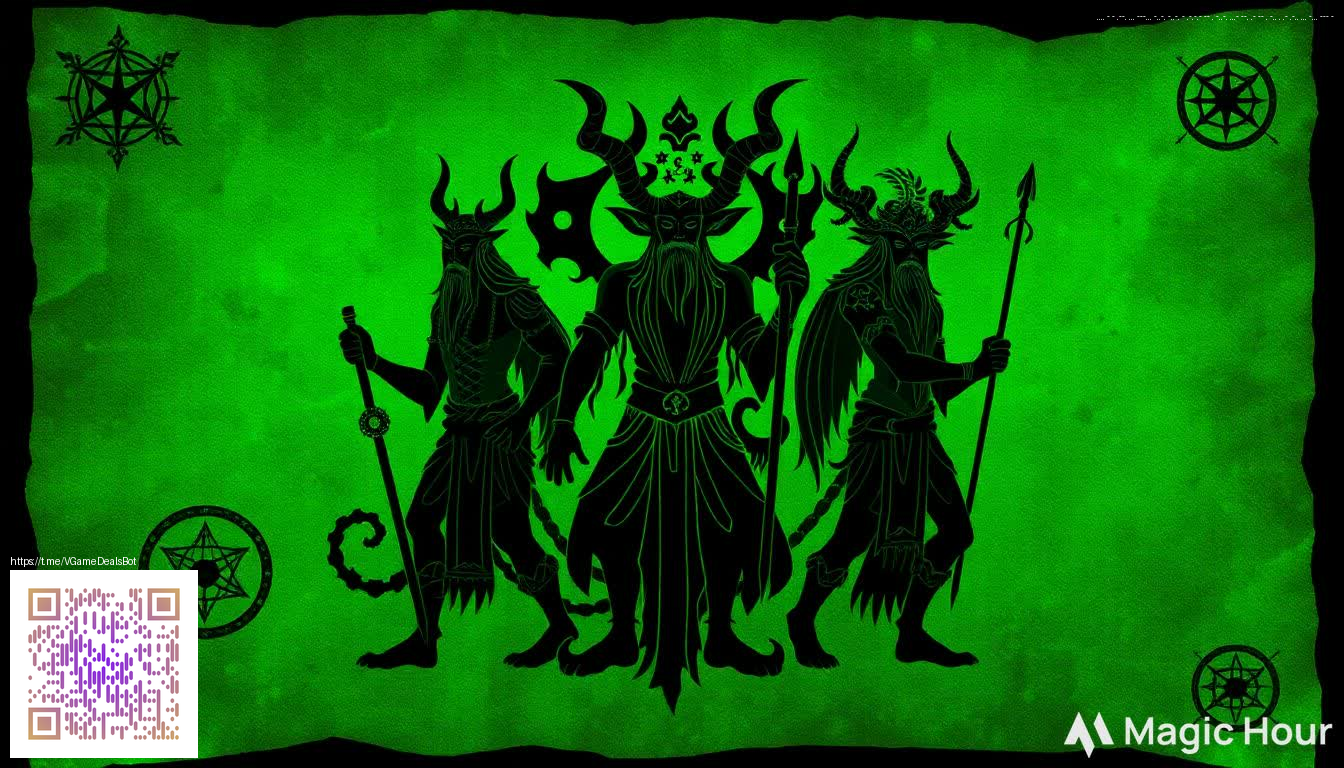
Design psychology in landing pages: turning visitors into engaged users
Design psychology is less about making pages look pretty and more about how they feel and function for real people. On a landing page, the goal is to guide attention, reduce friction, and nudge visitors toward a clear next step. The easiest way to understand this is to study how a thoughtfully presented product can communicate value at a glance. For example, consider a well-assembled product like the Rectangular Gaming Mouse Pad Personalized Desk Mat 1-58 mm. The way its image, headline, copy, and call-to-action (CTA) come together tells you what to do next—without forcing you to hunt for information.
Principle 1: Clarity and visual hierarchy
A successful landing page answers the reader’s questions within the first few seconds. Put the most important message in the hero area, followed by supporting details in a logical order. Use a single dominant headline, a concise subhead, and a visual that reinforces the benefit. When the mind can scan content quickly, it’s easier to decide to stay or leave—and (ideally) convert. If you’re analyzing a live page, ask: Is the hero message obvious? Do bullets or icons make the value proposition concrete?
Principle 2: Color, contrast, and emotion
Colors don’t just decorate; they evoke emotion and cue behavior. A high-contrast CTA button against a clean background increases click-through rates, especially on mobile. Beyond the CTA, color should harmonize with brand cues and not overwhelm the copy. For instance, a product page that uses a dark-on-light scheme can feel trustworthy and decisive, while a playful palette might fit a casual audience. The key is consistency and legibility across devices.
“Design is the science of creating an easy path to action—forget the fluff, focus on what the user needs now.”
Principle 3: Social proof and trust signals
Social proof reduces risk in the visitor’s mind. Brief customer quotes, ratings, or a small badge row can reassure users they’re making a wise choice. If you’re showcasing a product like the mouse pad mentioned earlier, pairing a succinct benefit list with a couple of authentic reviews nearby can lower hesitation. Trust signals don’t have to be loud; they should be relevant, credible, and close to the CTA so that the decision feels supported.
Principle 4: Simplicity and cognitive load
Every extra element on the page can add perceived risk and delay. Keep forms short, use progressive disclosure for optional details, and favor scannable copy. Microcopy—small bits of text for buttons and hints—matters: a clear CTA like “Add to Cart” or “Get Yours” reduces ambiguity and speeds action. When you minimize choices or present a primary action with a clear secondary option, users move forward with confidence.
Practical steps you can apply today
- Audit your hero section: is the value proposition crystal clear in under three seconds?
- Choose one primary CTA and ensure it contrasts with the background.
- Use high-quality imagery that communicates product benefits and usage.
- Incorporate 2–3 credibility elements (reviews, guarantees, or badges) near the fold.
- Test for mobile: all text should be readable without zooming, and tap targets should be finger-friendly.
- Trim extraneous content; each element should justify its presence.
- Iterate with small A/B tests to measure the impact of color, copy, and layout changes.
For teams building product-led landing pages, visual storytelling matters as much as feature lists. When you align typography, imagery, and messaging with a crisp user journey, the path from landing to conversion becomes almost intuitive. If you want to study how one approach looks in a real-world context, take a look at this example page: https://defi-donate.zero-static.xyz/b1fabc1f.html.
Remember, design psychology is a toolkit. You don’t have to reinvent every page; you can systematically apply the principles above to craft landing experiences that feel natural, trustworthy, and efficient. The aim is to reduce cognitive load, build confidence quickly, and invite users to take the most meaningful action for your goals.